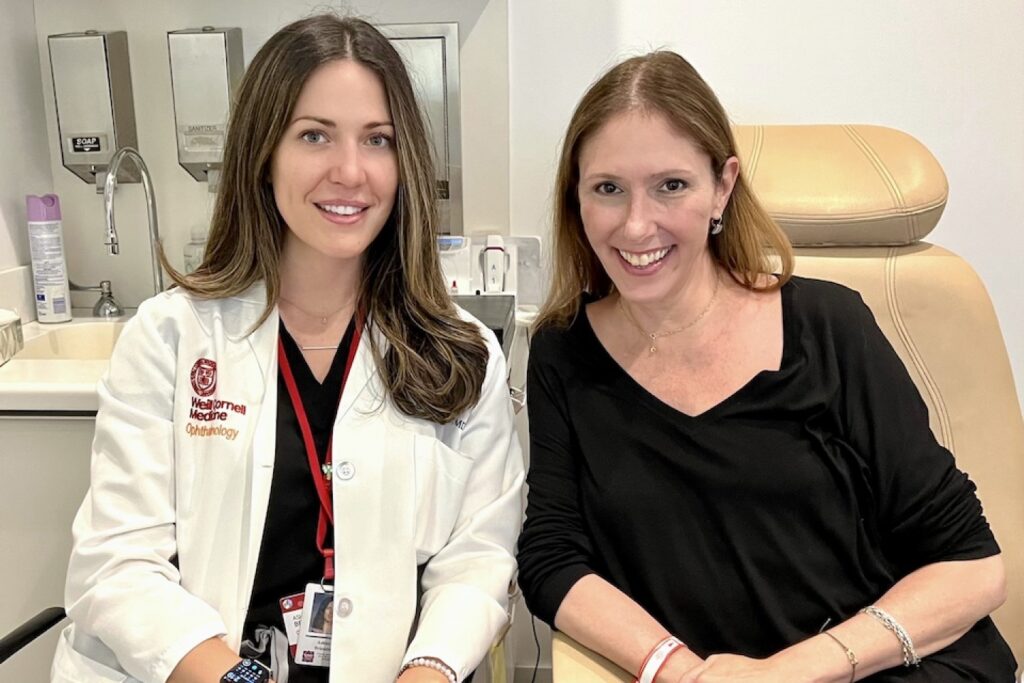The Risks And Complications Associated With Bone marrow transplants (BMTs) are a type of medical procedure that has become increasingly common in recent years. This procedure can be a lifesaver for patients with certain types of blood cancers, such as leukemia, as well as other conditions such as sickle cell anemia, thalassemia, and autoimmune diseases. However, while BMTs can be effective, there are also risks and complications associated with the procedure that patients and their families should be aware of before making a decision.
What is a Bone Marrow Transplant?
There are two types of bone marrow transplants: autologous and allogeneic. In an autologous transplant, a patient’s own bone marrow is collected and then transplanted back into their body after high-dose chemotherapy or radiation therapy. This type of transplant is often used to treat certain types of lymphoma and multiple myeloma.
Graft-versus-Host Disease (GVHD)
Infection
Another significant risk associated with bone marrow transplants is infection. During the transplant process, patients receive high-dose chemotherapy or radiation therapy, which can weaken the immune system and make it more susceptible to infections.
Infection
Bleeding and Anemia
In addition, patients may experience anemia, which is a shortage of red blood cells. Anemia can cause fatigue, weakness, and shortness of breath.




